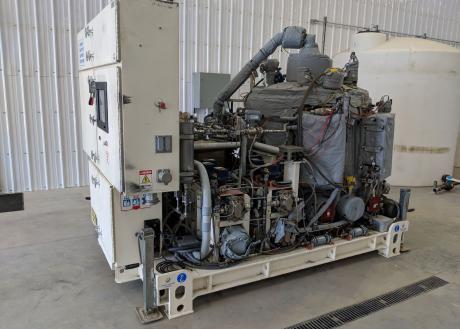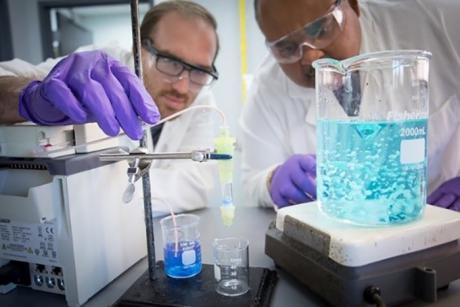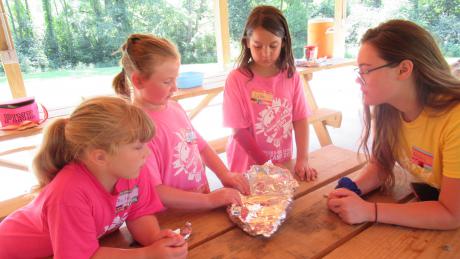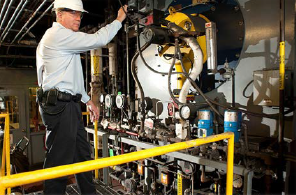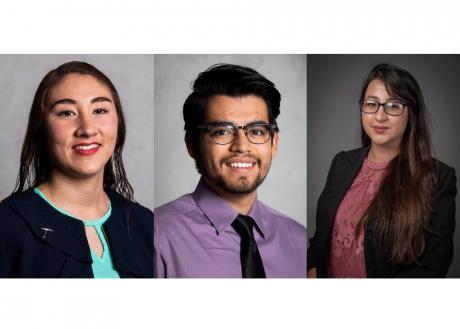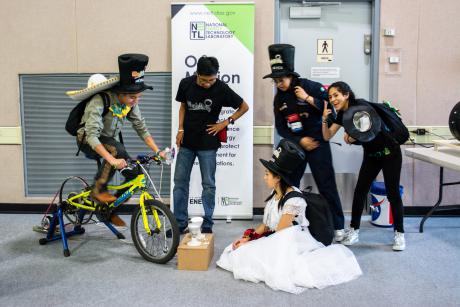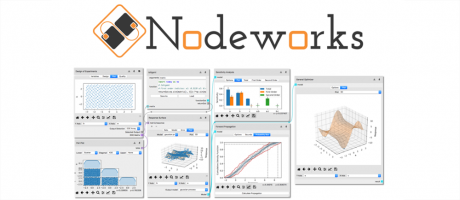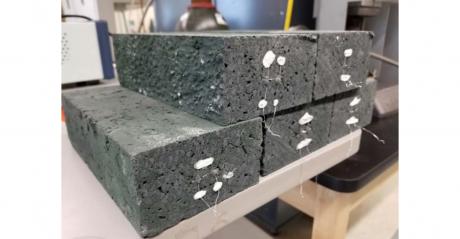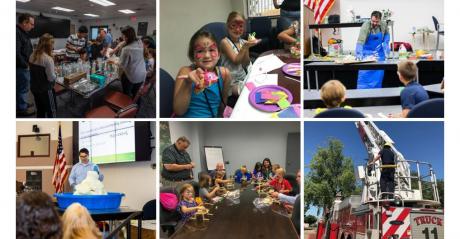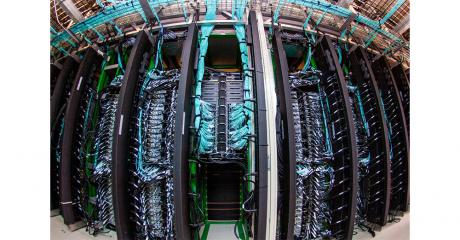During a visit to western North Dakota this week, Assistant Secretary for Fossil Energy Steven Winberg got a firsthand look at technology originally developed for the U.S. Army but now to be assessed by NETL in producing fresh water from brine used in energy operations. The equipment is being tested at the University of North Dakota (UND) Energy & Environmental Research Center’s Brine Extraction and Storage Test site, which is among several research sites Winberg is touring.
“This project is one of many NETL-led technologies underway within the Office of Fossil Energy to address competing water needs and challenges,” Winberg said. “Water is a limited resource, yet there’s an inextricable link between water and energy. We need treatment technologies that economically derive clean water from alternative sources and facilitate water reuse to increase efficiency and reduce water consumption.”
About
News and Events
Research and Programs
Carbon Management Point Source Carbon Capture Carbon Dioxide Removal Carbon Dioxide Conversion Carbon Transport & Storage Hydrogen with Carbon Management
Resource Sustainability Methane Mitigation Technologies Minerals Sustainability Natural Gas Decarbonization and Hydrogen Technologies Advanced Remediation Technologies Energy Asset Transformation
Key Lab Initiatives Advanced Alloys Signature Center (AASC) Science-based Artificial Intelligence and Machine Learning Institute (SAMI) Center for Microwave Chemistry (CMC) Center for Sustainable Fuels and Chemicals (CSFC)
Energy Technology Development Office of Energy Efficiency and Renewable Energy Battery Workforce Initiative Cybersecurity, Energy Security, and Emergency Response Office of ElectricityGrid Resilience
Business
Library
Explore our Library

Approved Categorical Exclusions Environmental Assessments Environmental Impact Statements Oil and Gas Projects Summaries NETL Fact Sheets NETL Newsletters Publication Search Energy Data Exchange (EDX) FECM External R&D Final Technical Reports Summary Information for External R&D Awards Technical Reports Series (TRS) Peer Review Reports Interagency Working Group Initial Report
- Research and Programs
- Carbon Management
- Core Competencies
- Resource Sustainability
- University Training & Research
- Key Lab Initiatives
- Energy Technology Development
- Featured Infrastructure
- Methane Emissions Reduction Program
-
- Business
- Technology Transfer
-
- Library
- Energy Analysis
-
- About
- News and Events
- Education




